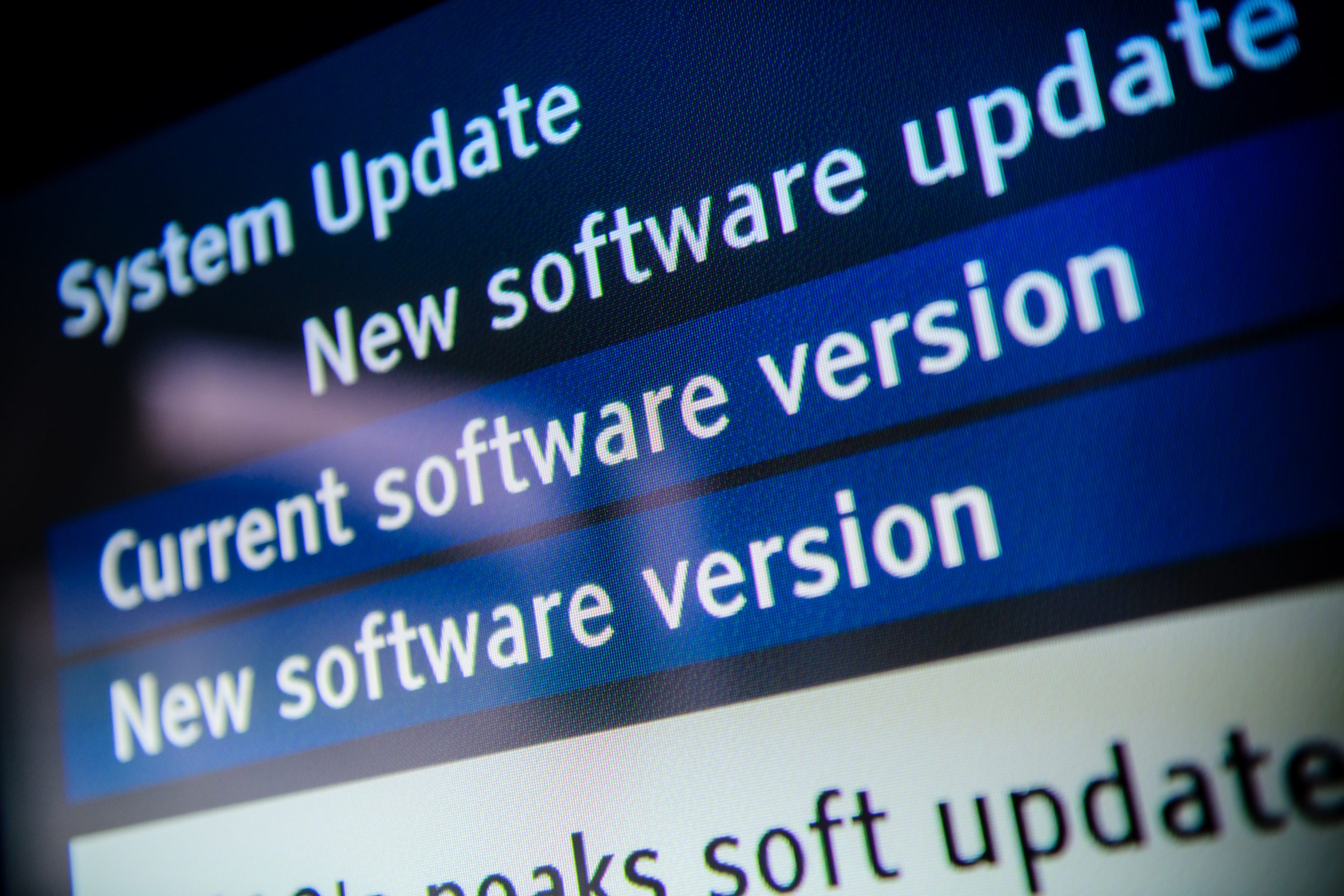Velociraptor abused in LockBit
Velociraptor abused in LockBit/Warlock ops Sophos and others observed Storm-2603 (aka Gold Salem) abusing Velociraptor, an open-source DFIR tool, in ransomware campaigns delivering Warlock, LockBit, and Babuk. Initial access came via SharePoint ToolShell exploits; the actors installed an old Velociraptor (0.73.4.0) with CVE-2025-6264 privilege-escalation to run arbitrary commands and take over endpoints. They created domain […]







